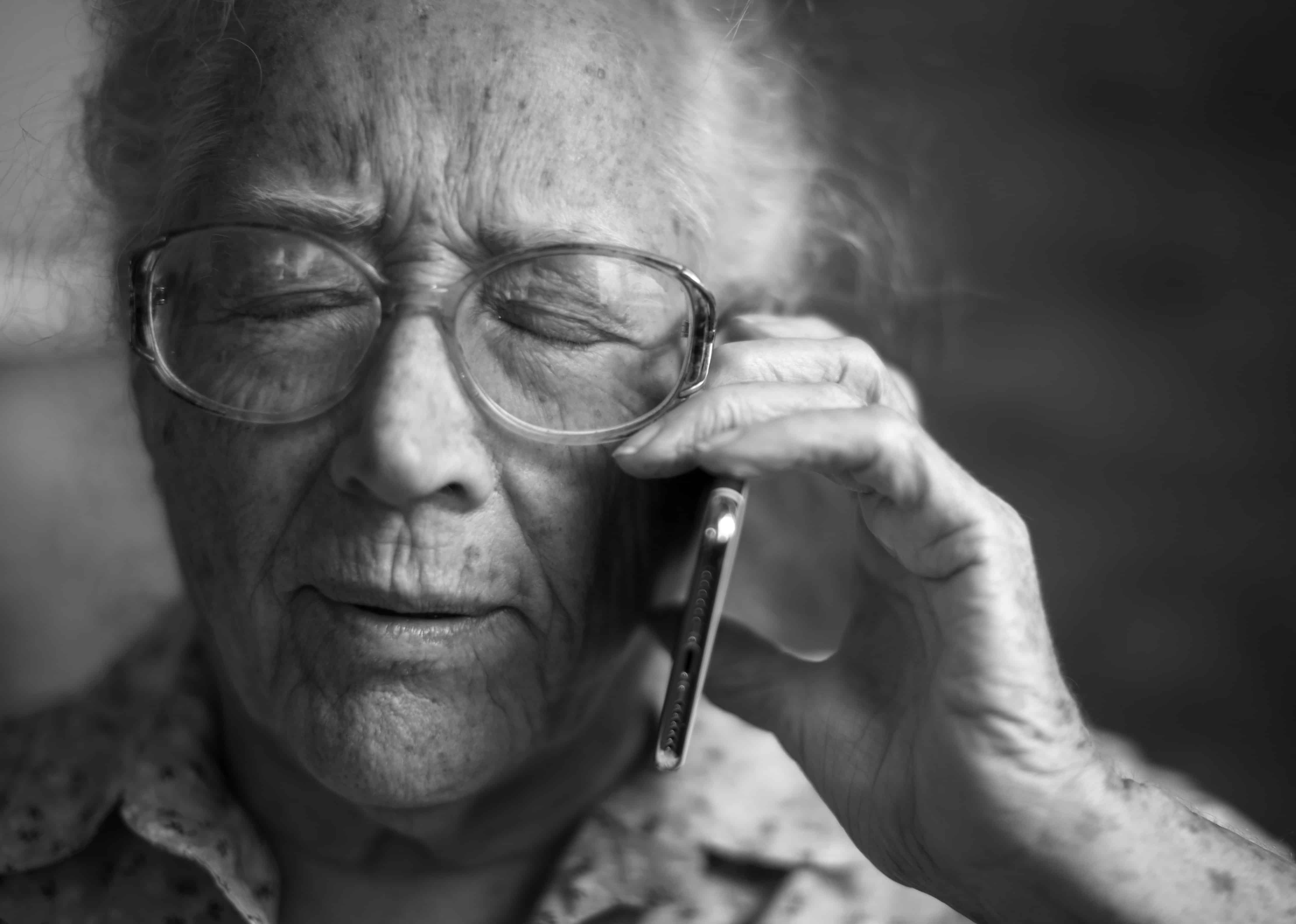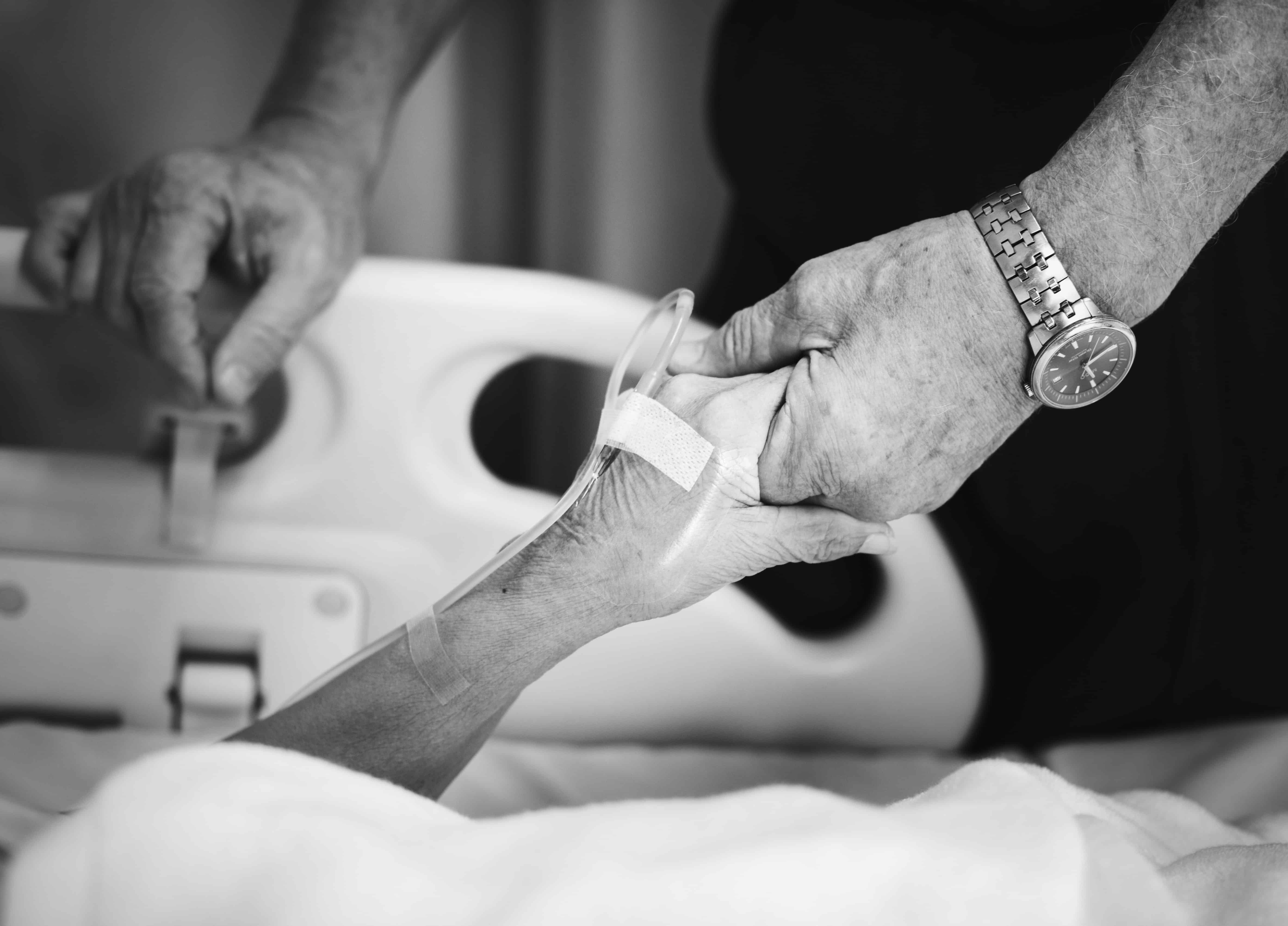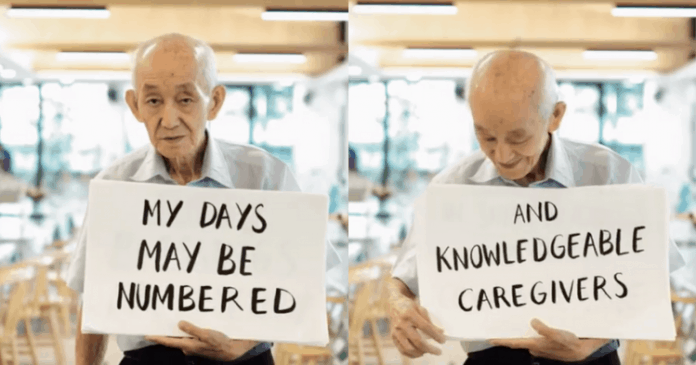Due to privacy issues, we will not list any names and organisations. Pictures used are not from the author’s experiences.
For three months, I worked with people who were at the brink of life as an intern therapy assistant in one of Singapore’s community hospitals.
Working in a hospital, especially in the palliative wards, really changes one’s outlook on life.
You’ll expect to see regret stirred with peace; sadness followed by acceptance.
I haven’t told anyone about my stories before – I’m glad you’re here to read this.
A therapy assistant in Singapore
You might be wondering how many death cases I’ve heard of, and expect me to share about the fragility of life because of what I’ve seen.

That is painted all over our news already – no need for more bad news.
In this article, I want to bring you through a quick tour – a journey – on the different types of patients you’ll meet if you ever work or step foot in a hospice care environment.
I had the chance to shadow the therapist and senior therapy assistant to the palliative/hospice ward. As compared to the other wards, this, in particular, was the smallest.
The reason behind was that it simply acted as a conducive and comfortable environment for those who are moving on very soon.

It isn’t gloomy at all. On the contrary, it has the most privacy and is in the most well-lit part of the hospital.
My role was to bring light, hope, and motivation to our silver-aged seniors. On the daily, the whole troop of bright-eyed therapists head straight to their respective wards and check what’s their task for the day.
Many of these seniors don’t speak English, as you might have already guessed. Some don’t even speak at all – they just can’t.
The day-to-day routine
What we do the entire day was to help our patients exercise. One therapy assistant is responsible for around three to seven patients.
It may seem like small numbers with an insignificant difference, but this difference can be felt when you put your hands to work.
A typical day would look like this:
- Morning roll call
- Head to respective wards and levels to check day’s task
- Change exercise time slots if needed
- Off to the first patient!
- 1 hour lunch break
- Continue with other assigned patients
- Do reporting and filing
- Clean up
- Go the extra mile (helping other colleagues who haven’t finished their to-dos for the day)
As therapy assistants, some of us specialise in wards that require a lot more heavy-lifting.
These patients can’t speak, nor move. Their limbs are rock-stiff due to stroke and other neural traumas.

Imagine this: Lying on the bed all day, for the rest of your life. It is quite depressing; I’m not here to sugarcoat anything.
Although they can’t really respond, they still understand what we are saying. They can still sense the energy and emotions you bring into the room.
Therapy is applied for preventing the stiffness from becoming worse.
The typical type of therapy or exercises prescribed to them is passive stretches – this means 100% work from the therapist.
The therapist in charge of this ward was surprisingly one of the most exuberant people I’ve met. She’s was small in stature yet able to carry patients who were twice her weight.
We, as therapy assistants, tend to form friendly ties with these patients because once they’re delegated to us, it will be for the long-term. They become like family.
2 Lessons from real life stories
1) Your relationships are important
Grown uncles have broke down in front of me while sharing their regrets in life.
If you were in my shoes in that afternoon-evening walking session, what would you have done?
I could only guess what he was sharing because he was speaking in Hokkien which I was not very good at.
At that moment, all I could’ve done was to listen and empathise.
He shared his regret on family and relationships. He grew old lonely and alone.
There’s not much of a happy ending to this but this is the reality of life. If we don’t do anything or take action to change, especially when it is hard, we will regret.
2) Never speed for your life
The second story is a little less depressing; funny actually.
This uncle was like sunshine in the twilight. He had his share of regrets too – speeding on the motorbike and getting into an accident.
His case was tetraplegia; three out of four limbs were paralysed.
Nevertheless, he made one of the best jokes I’ve ever heard and never fail to find the drive to still do the daily passive stretches with us.
I pondered: “Even people who are bedridden found a reason to exercise, why do fully-functioning individuals find excuses instead of reasons?”
It was a lesson for me too. Those times when I get lazy and procrastinate to do certain tasks, I remember my time and these life lessons that were taught out of classrooms, and in the most fascinating places.
In my shoes
Becoming a therapist assistant was not as easy as I thought it would be. You’re handling a patient and it is your call when emergency strikes.
After a taste of what it’s like for three months, I knew it wasn’t for me.
Even so, the three-month experience there was eye-opening and unforgettable. I hate the cliché of things but it really brings to reality how young we are, even for those who are at the mid-life stages.



















